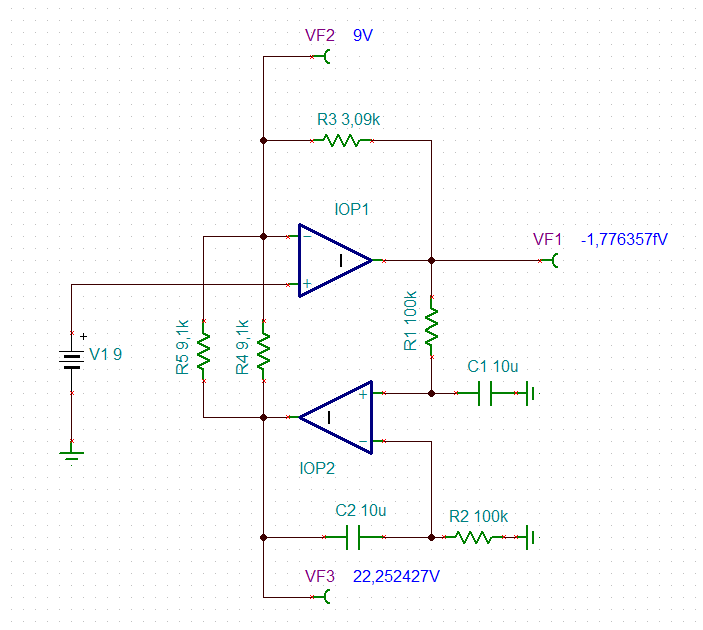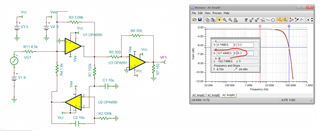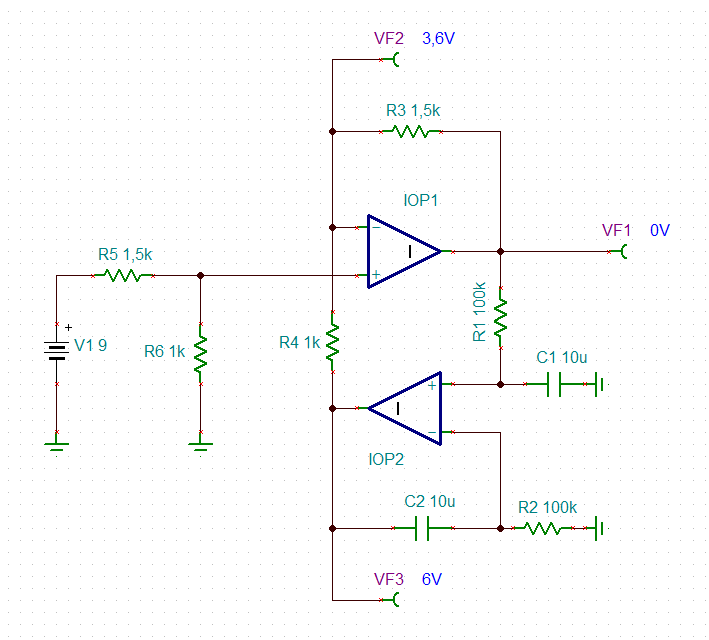Other Parts Discussed in Thread: THS4032, OPA2690, OPA2691, THS4011, TINA-TI, OPA690
Hi Team,
I have created an 4 channel double isolation for analog video signal (CVBS). After optoisolation I have a video signal 1Vp-p with 9V offset
To remove this offset I have used o pre-amp base on 2 x THS4012 on each channel.
The problem is a high temperature of the component in 25 deg. C it's 65 - 70 deg. C.
Maksimum working temperature of this device is 50 deg. C so I'm worried about service life because THS4012 in this ambient temperature has nearly 100 deg. C.
On PCB I have total of 12 ampliefiers so inside the chassi is realy warm.
I have a big 4 layers PCB: Top (signals without plane), GND, VCC, Bottom (with GND plane) and ampliefier has powerpad connected to GND by 4 via.
Do you have some idea how to reduce temperature of this component?
THS4012 is a high speed amplifier with 290 MHz bandwith and I wonder if using worse amplifier with smaller bandwith e.g THS4032 can help?
Thank you in advance.
Best Regards
Michal








